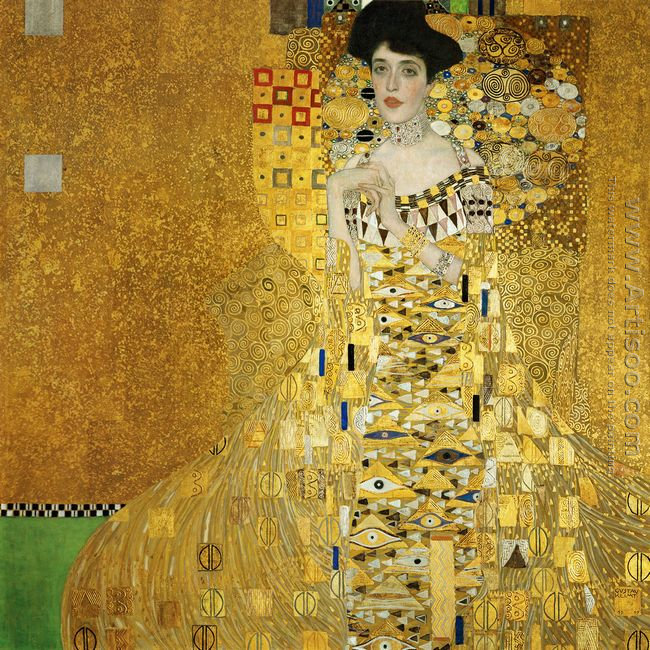Significance
Minimizing clutter and placing certain objects, colors and shapes in specific areas and directions can enhance harmony and balance in a home, represented in the bagua or determined with a compass.
Bagua and Engergy Areas
The bagua refers to the eight energy areas (Thai Chi) and directions of any area, inside or outdoors. These areas include knowledge, family, wealth, fame, marriage, children and creativity, mentors and travel, and health. Find corresponding areas by centering the front door in or near the career area.
Five Elements and Color Symbolism
Five elements (fire, earth, metal, water and wood) correspond to the flow of energy in the environment. These energies can be represented symbolically through specific colors and correspond to areas on the bagua.
Best colors for each energy area
Career: Create a harmonious life path and improve social relationships by using black and dark blues.
Knowledge: Support self and spiritual wisdom by using blue in this area. Browns are also complementary.
Family: Boost family harmony, respect for the blessings of ancestors and a sense of personal power with green in the family area.
Wealth: Realize greater abundance by placing purple in the wealth area. Dark green also works well.
Fame: Experience inspiration to achieve goals and improve reputations with the color of fire, red. Bright orange also works well.
Marriage: Using pink helps improve the relationships of those who live in a home and between business partners.
Children and Creativity: White and metallic colors work best to support ideas, improve the ability to complete work and encourage fun.
Mentors and Travel: Encourage the ability to attract and offer help with gray. The element of metal is also mirrored with whites and metallics.
Health: Sustain the good health of all living beings in your home environment by using yellow in the health area.
Potential
As with any practice with a long, established history, feng shui has many applications for modern life. Those who apply its guidelines join the collective energies of all who came before, increasing the harmony for all.

